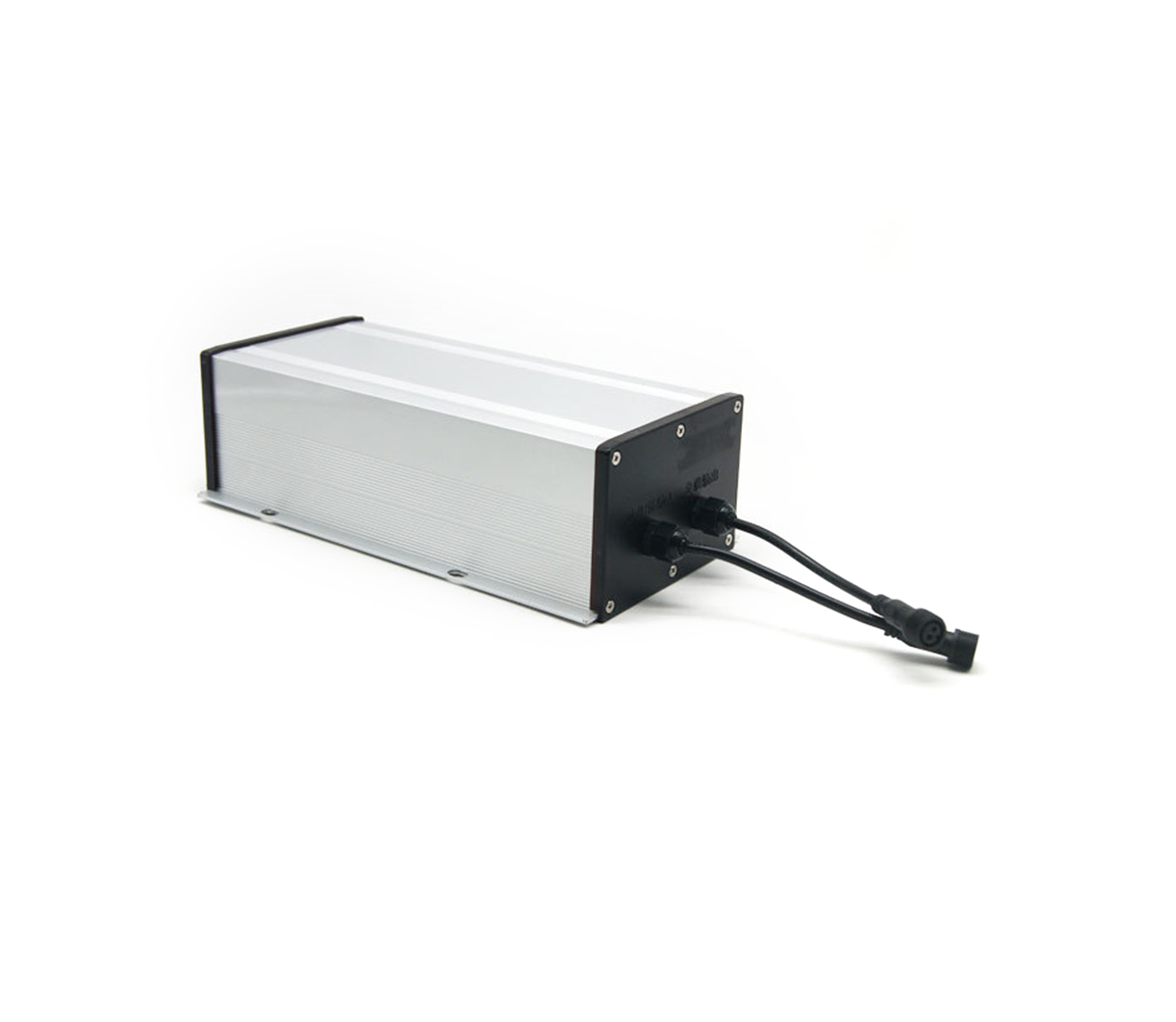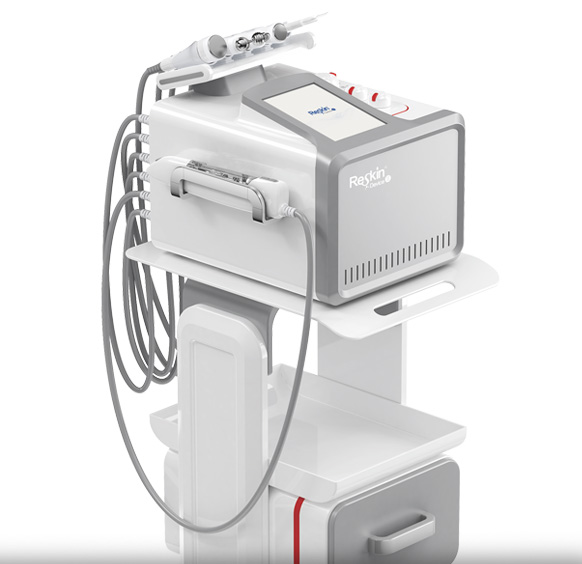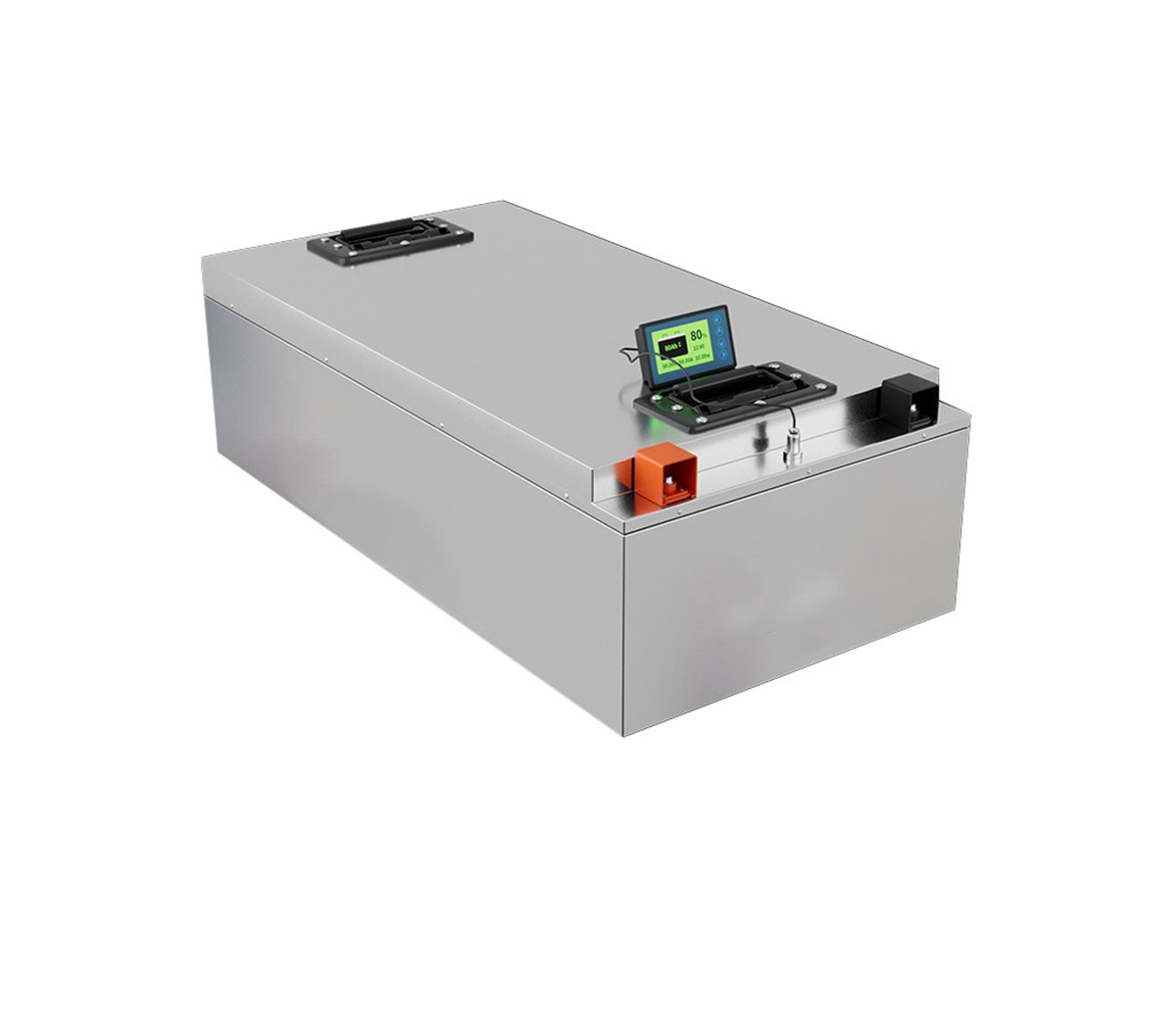
In the production process of lithium-ion batteries, after the production of
the pole pieces, the positive and negative pole pieces and the separator are
assembled to form a basic battery cell by winding or lamination. Subsequently,
the electric core is generally hot-pressed and shaped. This article mainly
briefly introduces the purpose of the hot press shaping process and the key
points of process control.
In the production process of lithium-ion batteries, after the production of
the pole pieces, the positive and negative pole pieces and the separator are
assembled to form a basic battery cell by winding or lamination. Subsequently,
the electric core is generally hot-pressed and shaped. This article mainly
briefly introduces the purpose of the hot press shaping process and the key
points of process control.
One, the purpose of the process
Whether in the winding or Z-type lamination, a certain tension must be
applied to the separator to ensure the neatness of the positive electrode sheet,
the separator, and the negative electrode sheet. However, the tension during the
process will cause the separator to be pulled in the tape traveling direction.
Long, the diaphragm shrinks a lot in the tape travel direction, which will cause
the diaphragm to severely squeeze the pole piece, which will cause the battery
cell to deform after the battery cell assembly process, especially the winding
process, and the deformed battery cell not only has a flat appearance Poor,
there will be defects such as diaphragm wrinkles inside, as shown in Figure 1
and Figure 2, which will lead to quality problems such as low capacity, poor
cycle performance and fast self-discharge, especially for thickly wound
batteries. The problem of deformation is particularly prominent. In addition,
the thickness consistency of the loose cells is also poor, which will affect the
process of cell insertion, increase the difficulty of the process, and even
cause damage to the cells when entering the shell.
Therefore, the main purpose of the hot pressing of the electric core
includes:
(1) Improve the flatness of the lithium-ion battery, so that the thickness
of the battery cell meets the requirements and has a high consistency;
(2) Eliminate the wrinkles of the diaphragm, drive out the air inside the
cell, make the diaphragm and the positive and negative pole pieces close
together, shorten the diffusion distance of lithium ions, and reduce the
internal resistance of the battery.
2. Process
In order to make the lithium-ion battery cells straight and avoid shrinking
after being reshaped. The process of hot pressing and shaping of the cell is as
follows: put the wound or laminated cell on the template, set the pressure of
the booster cylinder and the temperature of the template, and then the upper and
lower templates will shape the cell under a certain pressure and temperature to
achieve The thickness of the battery core is consistent, which reduces the
flexibility of the battery core, reduces the qualified rate of the core and
guarantees
Prove the consistency of the thickness of the finished battery cell.
For the square battery, the hot-pressing shaping device is shown in Figure
3. The upper and lower templates are flat plates, and the flat plates are
clamped and flattened under pressure. For cylindrical batteries, the
hot-pressing shaping device is fixed on the base to produce two cylinders that
move towards each other. Two semicircular dies with cylindrical grooves at the
ends of the piston rods of the two cylinders. The radii of the cylindrical
grooves of the two semicircular dies are equal and equal to or Less than the
preset core radius. Use a manipulator or a clamp to clamp the core and place it
at the center of the two semicircular dies, and control the two cylinders to
drive the two semicircular dies to move toward each other, so that the two
semicircular dies squeeze the core to shape the winding to The preset size
enables it to fit in a matching shell.
Generally, when the cell is hot-pressed and shaped, the insulation voltage
test is performed on the cell at the same time to detect whether there is a
micro short circuit inside the cell. If there are tiny metal foreign particles
inside the cell, the cell diaphragm punctures when the cell is depressed, and it
is easy to detect the micro-short circuit unqualified product. Regarding the
battery cell insulation withstand voltage test, I have compiled an article
before: Basic knowledge of lithium battery cell insulation withstand voltage
test (click to read).
Three, process points
The main process parameters of hot pressing and shaping of the electric
core are pressurizing pressure, pressurizing time and template temperature.
Under proper process parameters, there is almost no air inside the thick cell,
the diaphragm and the pole piece are tightly bonded together, and the loose cell
can become a hard block. However, for the ceramic diaphragms used in recent
years, due to the presence of the ceramic layer, it is difficult for the
diaphragm to bond with the pole pieces to form this state. In the process
determination test, the test items include the air permeability and thickness
change of the diaphragm; whether the thickness of the electric core meets the
requirements of the shell; whether the pole piece is broken, etc.
As the core component of the battery, the battery diaphragm plays a key
role in isolating the electron conduction between the positive and negative
electrodes while allowing lithium ions to pass back and forth between the two
electrodes. The microporous structure on the diaphragm is an important channel
for these ions to travel back and forth between the positive and negative
electrodes. Its air permeability will directly affect the performance of the
battery. The permeability of the diaphragm refers to the amount of gas that the
diaphragm can penetrate under a certain time pressure. If the air permeability
of the separator is not good, it will affect the transfer of lithium ions
between the positive and negative electrodes, and then affect the charge and
discharge of the lithium battery. The test process is: fix the battery
diaphragm, apply air pressure on one side of the diaphragm, measure the air
pressure drop and the time used, and detect the air permeability of the
diaphragm. The shorter the time, the better the air permeability. In the process
of hot pressing, the diaphragm may be severely compressed, the thickness of the
diaphragm changes greatly, causing the micropores to be blocked, and the
diaphragm will become transparent when observed by naked eyes. This indicates
that the effect of hot pressing on the battery cell exceeds the limit, which
will affect the lithium ion. transmission. The wound cell is shown in Figure 2.
If the pole piece is relatively fragile, the bending of the cell is prone to
drop powder or even break during the hot pressing, which will lead to limited
electronic transmission and increase the internal resistance of the battery.
Therefore, the hot pressing and shaping of the electric core must also avoid
this situation. In these two aspects, the smaller the hot pressing pressure, the
better, and the shorter the time, the better. On the other hand, hot-pressing
and shaping must shape the battery core, the thickness of the battery core meets
the process requirements, the flexibility of the battery core is reduced, and
the consistency of the thickness of the finished battery core is ensured.
Therefore, process parameters such as pressure, time and temperature need to be
optimized.



































